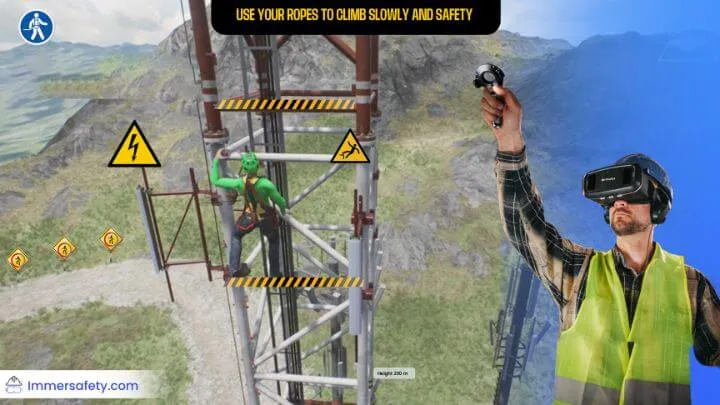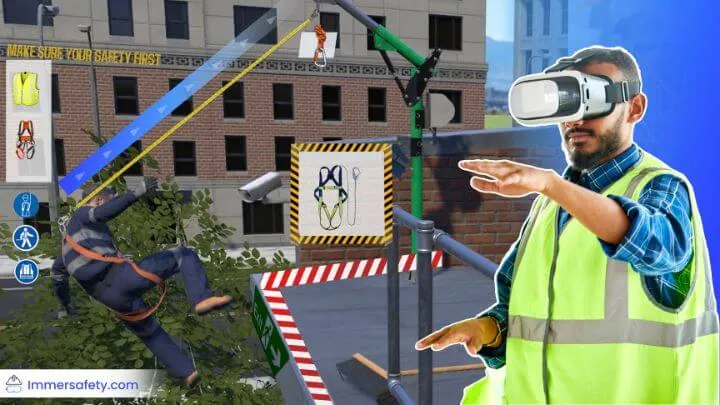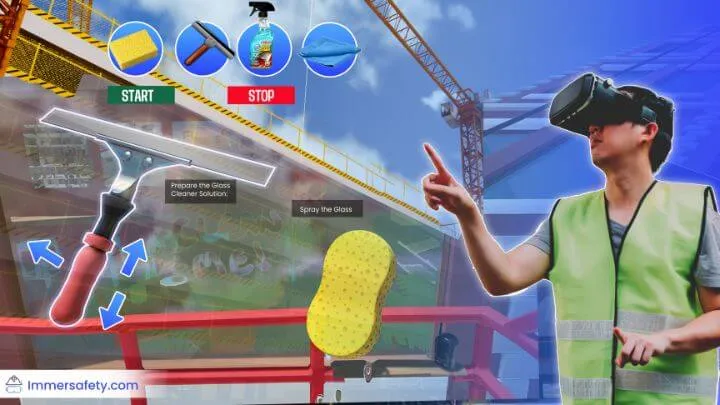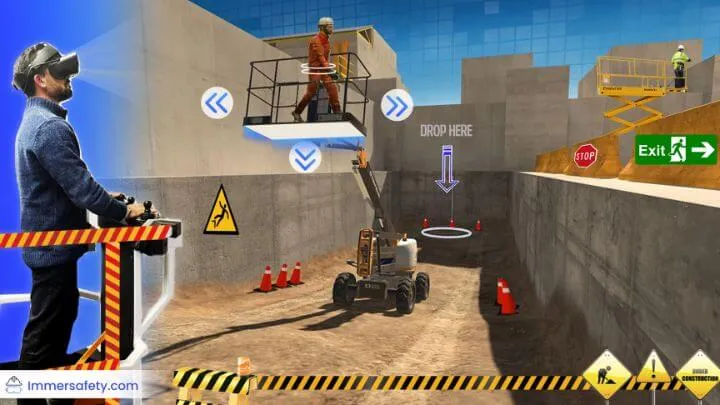Working at heights presents inherent risks and challenges that require specialized knowledge and skills to mitigate.
From construction sites to industrial facilities, ensuring the safety of workers at elevated heights is paramount.
In this blog post, we’ll explore 11 key benefits of investing in working at Heights safety training and how it can contribute to a safer and more successful work environment.
11 Benefits of Working at Heights Safety Training In 2024
1. Enhanced Safety Awareness:
Working at heights safety training increases awareness of potential fall hazards among workers, empowering them to recognize and address safety risks proactively. By understanding the dangers associated with working at heights, workers can take appropriate precautions to prevent accidents and injuries.
2. Reduced Incidence of Accidents:

Comprehensive safety training equips workers with the knowledge and skills needed to work safely at heights, resulting in a decrease in the number of accidents and injuries on the job. By implementing proper safety protocols and procedures, organizations can minimize the risk of falls and other work-related incidents.
3. Compliance with Regulations:
Safety training ensures compliance with regulatory requirements and industry standards governing working at heights. By adhering to OSHA regulations and other relevant guidelines, organizations can avoid fines, penalties, and legal liabilities associated with non-compliance.
Wants to give training then check out our – Virtual Reality Work At Height Training
4. Improved Employee Confidence:
By providing workers with the necessary training and resources, organizations can boost employee confidence in their ability to perform tasks at heights safely and effectively. Confidence in one’s abilities can lead to increased productivity and job satisfaction, contributing to overall workplace morale.
5. Prevention of Equipment Misuse:
Safety training educates workers on the proper selection, use, and maintenance of personal protective equipment (PPE) and fall protection systems. By ensuring that workers understand how to use equipment correctly, organizations can prevent misuse and reduce the risk of equipment-related accidents.
6. Enhanced Emergency Response:
Workers trained in working at heights safety are better prepared to respond to emergency situations, such as rescuing a fallen coworker or executing evacuation procedures in the event of a fall. By providing workers with emergency response training, organizations can minimize the impact of accidents and ensure a swift and effective response.
7. Increased Productivity:

A safe working environment fosters productivity, as workers can focus on their tasks without the distraction of safety concerns or fear of injury. By investing in safety training, organizations can create a culture of safety that promotes efficiency and productivity in the workplace.
8. Cost Savings:
Investing in working at heights safety training can lead to significant cost savings by reducing workplace accidents, workers’ compensation claims, and associated expenses. By preventing accidents and injuries, organizations can avoid the financial burden of medical costs, legal fees, and lost productivity.
9. Positive Organizational Reputation:
Prioritizing worker safety demonstrates a commitment to employee well-being and professionalism, enhancing the organization’s reputation and attracting top talent. By promoting a culture of safety, organizations can differentiate themselves as industry leaders and employers of choice.
10. Long-term Sustainability:

Implementing effective safety training programs fosters a culture of safety within the organization, leading to long-term sustainability and success. By investing in the health and safety of workers, organizations can protect their most valuable assets and ensure continued growth and prosperity.
11. Peace of Mind:
Both employers and employees benefit from the peace of mind that comes with knowing that everyone is trained and equipped to work safely at heights. By prioritizing safety and providing comprehensive training, organizations can create a positive work environment where employees feel valued, supported, and protected.
FAQs for Height Safety:
What is height safety, and why is it important?
Height safety refers to measures and protocols implemented to protect workers from falls and other hazards when working at elevated heights. It is crucial to ensure the safety of workers who may be exposed to fall risks in various industries such as construction, maintenance, and telecommunications.
What are the common hazards associated with working at heights?
Common hazards include falls from ladders, scaffolds, roofs, and elevated platforms, as well as slips, trips, and equipment malfunctions. These hazards can result in serious injuries or fatalities if proper safety measures are not in place.
What are some key components of a height safety system?
A height safety system typically includes personal protective equipment (PPE) such as harnesses, lanyards, and anchor points, as well as guardrails, safety nets, and access equipment like scaffolding or aerial lifts. Training and regular inspections are also essential components of a comprehensive height safety program.
How often should height safety equipment be inspected and maintained?
Height safety equipment should be inspected and maintained regularly to ensure its effectiveness and compliance with safety standards. Depending on the type of equipment and usage, inspections may be conducted daily, weekly, monthly, or annually by qualified personnel.
What training is required for working at heights?
Workers who may be exposed to fall hazards should undergo comprehensive training on fall prevention, hazard recognition, and the proper use of fall protection equipment. Training programs should be tailored to specific job roles and tasks and conducted by qualified instructors to ensure competency and compliance with regulations.
Conclusion:
Working at heights safety training is essential for protecting workers from falls and other work-related hazards.
By investing in comprehensive safety training programs, organizations can reap numerous benefits, including enhanced safety awareness, reduced accidents, compliance with regulations, and increased productivity. Ultimately, prioritizing worker safety not only protects employees from harm but also contributes to the overall success and sustainability of the organization.
See Our Complete – VR Safety Training Software


